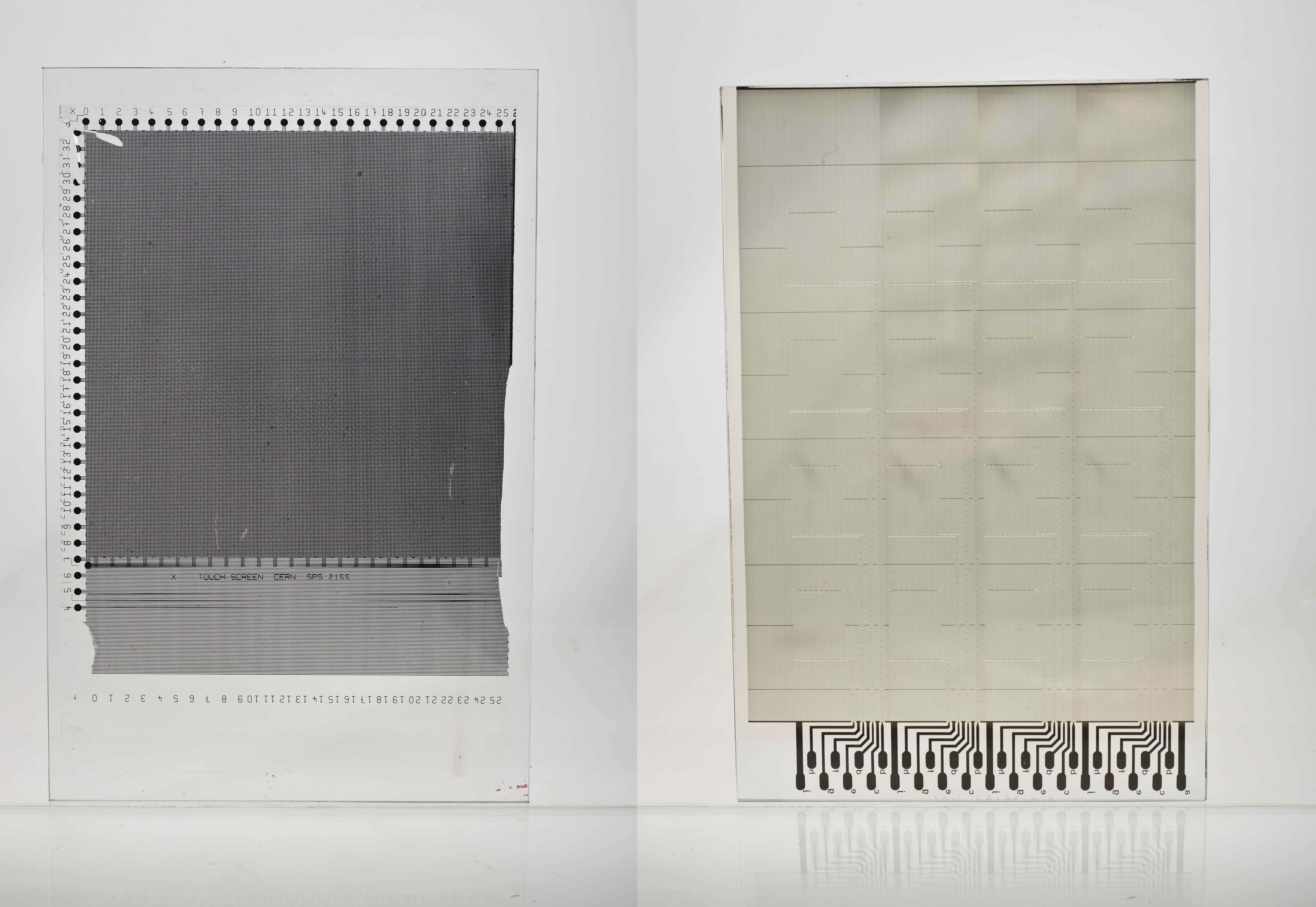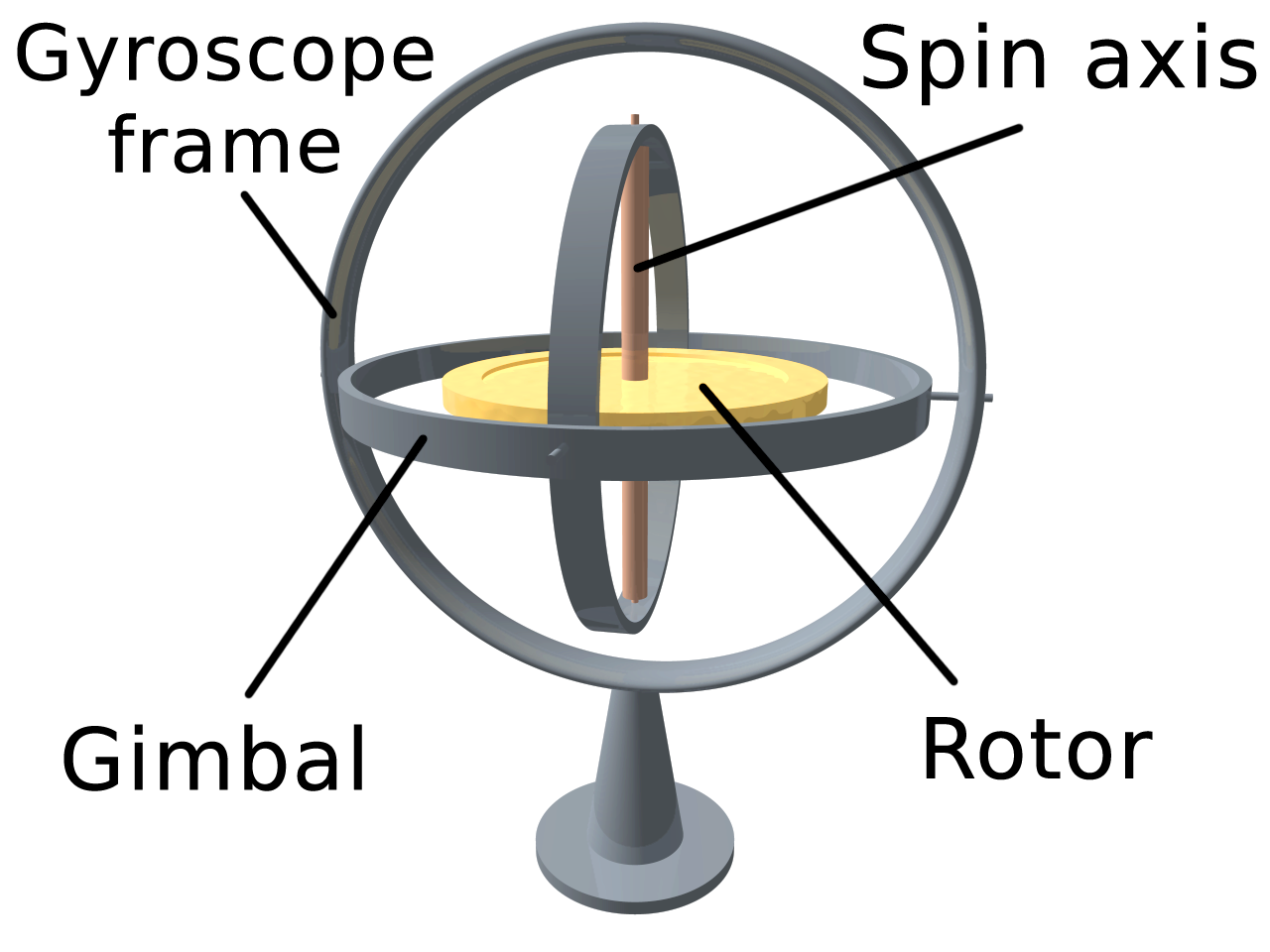|
IPad Mini 2
The iPad Mini 2 (formerly marketed as the iPad mini with Retina display, officially iPad mini 2 with Retina display) is a tablet computer designed and marketed by Apple Inc. It has a nearly identical design to its predecessor, the first-generation iPad Mini, but features internal revisions such as the use of an A7 system-on-a-chip and a 2,048 x 1,536 resolution Retina Display. Internally, the second-generation iPad Mini has nearly the same hardware as its sibling device, the iPad Air (1st generation). Apple released the second-generation iPad Mini in space gray and silver colors on November 12, 2013. The iPad Mini 2 was initially released with iOS 7. History The second-generation iPad Mini was announced during a keynote at the Yerba Buena Center for the Arts on October 22, 2013. The theme of the keynote was 'We still have a lot to cover.' The iPad Mini 2 was then released on October 23, 2013, in silver and space gray colors. It was initially released with IOS 7.0.3, but ... [...More Info...] [...Related Items...] OR: [Wikipedia] [Google] [Baidu] [Amazon] |
Multi-touch
In computing, multi-touch is technology that enables a surface (a touchpad or touchscreen) to recognize the presence of more than one somatosensory system, point of contact with the surface at the same time. The origins of multitouch began at CERN, MIT, University of Toronto, Carnegie Mellon University and Bell Labs in the 1970s. CERN started using multi-touch screens as early as 1976 for the controls of the Super Proton Synchrotron. Capacitive multi-touch displays were popularized by Apple Inc., Apple's iPhone in 2007. Multi-touch may be used to implement additional functionality, such as pinch to zoom or to activate certain subroutines attached to predefined gestures using gesture recognition. Several uses of the term multi-touch resulted from the quick developments in this field, and many companies using the term to market older technology which is called ''gesture-enhanced single-touch'' or several other terms by other companies and researchers. Several other similar or relat ... [...More Info...] [...Related Items...] OR: [Wikipedia] [Google] [Baidu] [Amazon] |
High-Speed Downlink Packet Access
High Speed Packet Access (HSPA) is an amalgamation of two mobile protocols—High Speed Downlink Packet Access (HSDPA) and High Speed Uplink Packet Access (HSUPA)—that extends and improves the performance of existing 3G mobile telecommunication networks using the WCDMA protocols. A further-improved 3GPP standard called Evolved High Speed Packet Access (also known as HSPA+) was released late in 2008, with subsequent worldwide adoption beginning in 2010. The newer standard allows bit rates to reach as high as 337 Mbit/s in the downlink and 34 Mbit/s in the uplink; however, these speeds are rarely achieved in practice. Overview The first HSPA specifications supported increased peak data rates of up to 14 Mbit/s in the downlink and 5.76 Mbit/s in the uplink. They also reduced latency and provided up to five times more system capacity in the downlink and up to twice as much system capacity in the uplink compared with original WCDMA protocol. High Speed Do ... [...More Info...] [...Related Items...] OR: [Wikipedia] [Google] [Baidu] [Amazon] |
Universal Mobile Telecommunications System
The Universal Mobile Telecommunications System (UMTS) is a 3G mobile cellular system for networks based on the GSM standard. UMTS uses wideband code-division multiple access (W-CDMA) radio access technology to offer greater spectral efficiency and bandwidth to mobile network operators compared to previous 2G systems like GPRS and CSD. UMTS on its provides a peak theoretical data rate of 2 Mbit/s. Developed and maintained by the 3GPP (3rd Generation Partnership Project), UMTS is a component of the International Telecommunication Union IMT-2000 standard set and compares with the CDMA2000 standard set for networks based on the competing cdmaOne technology. The technology described in UMTS is sometimes also referred to as Freedom of Mobile Multimedia Access (FOMA) or 3GSM. UMTS specifies a complete network system, which includes the radio access network ( UMTS Terrestrial Radio Access Network, or UTRAN), the core network ( Mobile Application Part, or MAP) and the authenticat ... [...More Info...] [...Related Items...] OR: [Wikipedia] [Google] [Baidu] [Amazon] |
Bluetooth
Bluetooth is a short-range wireless technology standard that is used for exchanging data between fixed and mobile devices over short distances and building personal area networks (PANs). In the most widely used mode, transmission power is limited to 2.5 milliwatts, giving it a very short range of up to . It employs Ultra high frequency, UHF radio waves in the ISM bands, from 2.402GHz to 2.48GHz. It is mainly used as an alternative to wired connections to exchange files between nearby portable devices and connect cell phones and music players with wireless headphones, wireless speakers, HIFI systems, car audio and wireless transmission between TVs and soundbars. Bluetooth is managed by the Bluetooth Special Interest Group (SIG), which has more than 35,000 member companies in the areas of telecommunication, computing, networking, and consumer electronics. The Institute of Electrical and Electronics Engineers, IEEE standardized Bluetooth as IEEE 802.15.1 but no longer maintains ... [...More Info...] [...Related Items...] OR: [Wikipedia] [Google] [Baidu] [Amazon] |
IEEE 802
IEEE 802 is a family of Institute of Electrical and Electronics Engineers (IEEE) standards for local area networks (LANs), personal area networks (PANs), and metropolitan area networks (MANs). The IEEE 802 LAN/MAN Standards Committee (LMSC) maintains these standards. The IEEE 802 family of standards has had twenty-four members, numbered 802.1 through 802.24, with a working group of the LMSC devoted to each. However, not all of these working groups are currently active. The IEEE 802 standards are restricted to computer networks carrying variable-size packets, unlike cell relay networks, for example, in which data is transmitted in short, uniformly sized units called cells. Isochronous signal networks, in which data is transmitted as a steady stream of octet (computing), octets, or groups of octets, at regular time intervals, are also outside the scope of the IEEE 802 standards. The number 802 has no significance: it was simply the next number in the sequence that the IEEE used fo ... [...More Info...] [...Related Items...] OR: [Wikipedia] [Google] [Baidu] [Amazon] |
Wi-Fi
Wi-Fi () is a family of wireless network protocols based on the IEEE 802.11 family of standards, which are commonly used for Wireless LAN, local area networking of devices and Internet access, allowing nearby digital devices to exchange data by radio waves. These are the most widely used computer networks, used globally in small office/home office, home and small office networks to link devices and to provide Internet access with wireless routers and wireless access points in public places such as coffee shops, restaurants, hotels, libraries, and airports. ''Wi-Fi'' is a trademark of the Wi-Fi Alliance, which restricts the use of the term "''Wi-Fi Certified''" to products that successfully complete Interoperability Solutions for European Public Administrations, interoperability certification testing. Non-compliant hardware is simply referred to as WLAN, and it may or may not work with "''Wi-Fi Certified''" devices. the Wi-Fi Alliance consisted of more than 800 companies from ar ... [...More Info...] [...Related Items...] OR: [Wikipedia] [Google] [Baidu] [Amazon] |
Compass
A compass is a device that shows the cardinal directions used for navigation and geographic orientation. It commonly consists of a magnetized needle or other element, such as a compass card or compass rose, which can pivot to align itself with North magnetic pole, magnetic north. Other methods may be used, including gyroscopes, magnetometers, and GPS receivers. Compasses often show angles in degrees: north corresponds to 0°, and the angles increase clockwise, so east is 90°, south is 180°, and west is 270°. These numbers allow the compass to show azimuths or bearing (angle), bearings which are commonly stated in degrees. If local magnetic declination, variation between magnetic north and true north is known, then direction of magnetic north also gives direction of true north. Among the Four Great Inventions, the magnetic compass was first invented as a device for divination as early as the history of science and technology in China, Chinese Han dynasty (since c. 206 BC),#Li, ... [...More Info...] [...Related Items...] OR: [Wikipedia] [Google] [Baidu] [Amazon] |
Magnetometer
A magnetometer is a device that measures magnetic field or magnetic dipole moment. Different types of magnetometers measure the direction, strength, or relative change of a magnetic field at a particular location. A compass is one such device, one that measures the direction of an ambient magnetic field, in this case, the Earth's magnetic field. Other magnetometers measure the magnetic dipole moment of a magnetic material such as a ferromagnet, for example by recording the effect of this magnetic dipole on the induced current in a coil. The invention of the magnetometer is usually credited to Carl Friedrich Gauss in 1832. Earlier, more primitive instruments were developed by Christopher Hansteen in 1819, and by William Scoresby by 1823. Magnetometers are widely used for measuring the Earth's magnetic field, in geophysical surveys, to detect magnetic anomalies of various types, and to determine the dipole moment of magnetic materials. In an aircraft's attitude and heading ... [...More Info...] [...Related Items...] OR: [Wikipedia] [Google] [Baidu] [Amazon] |
Gyroscope
A gyroscope (from Ancient Greek γῦρος ''gŷros'', "round" and σκοπέω ''skopéō'', "to look") is a device used for measuring or maintaining Orientation (geometry), orientation and angular velocity. It is a spinning wheel or disc in which the axis of rotation (spin axis) is free to assume any orientation by itself. When rotating, the orientation of this axis is unaffected by tilting or rotation of the mounting, due to the angular momentum#Conservation of angular momentum, conservation of angular momentum. Gyroscopes based on other operating principles also exist, such as the microchip-packaged Vibrating structure gyroscope#MEMS gyroscopes, MEMS gyroscopes found in electronic devices (sometimes called gyrometers), solid-state ring laser gyroscope, ring lasers, fibre optic gyroscopes, and the extremely sensitive quantum gyroscope. Applications of gyroscopes include inertial navigation systems, such as in the Hubble Space Telescope, or inside the steel hull of a submer ... [...More Info...] [...Related Items...] OR: [Wikipedia] [Google] [Baidu] [Amazon] |
Accelerometer
An accelerometer is a device that measures the proper acceleration of an object. Proper acceleration is the acceleration (the rate of change (mathematics), rate of change of velocity) of the object relative to an observer who is in free fall (that is, relative to an inertial frame of reference). Proper acceleration is different from coordinate acceleration, which is acceleration with respect to a given coordinate system, which may or may not be accelerating. For example, an accelerometer at rest on the surface of the Earth will measure an Gravitational acceleration, acceleration due to Earth's gravity straight upwards of about Standard gravity, ''g'' ≈ 9.81 m/s2. By contrast, an accelerometer that is in free fall will measure zero acceleration. Accelerometers have many uses in industry, consumer products, and science. Highly sensitive accelerometers are used in inertial navigation systems for aircraft and missiles. In unmanned aerial vehicles, accelerometers help to stabili ... [...More Info...] [...Related Items...] OR: [Wikipedia] [Google] [Baidu] [Amazon] |
Low-key Lighting
Low-key lighting is a style of lighting for photography, film or television. It is a necessary element in creating a chiaroscuro effect. Traditional photographic lighting ( three-point lighting) uses a key light, a fill light and a back light for illumination. Low-key lighting often uses only a key light, optionally controlled with a fill light or a simple reflector. Low key light accentuates the contours of the subject by throwing areas into shade while a fill light or reflector may illuminate the shadow areas to control contrast. The relative strength of key-to-fill, known as the lighting ratio, can be measured using a light meter. Low key lighting has a higher lighting ratio, e.g., 8:1, than high-key lighting, which can approach 1:1. Examples in film The term "low key" is also used in cinematography and photography to refer to any scene with a high lighting ratio, especially if there is a predominance of shadowy areas. It tends to heighten the sense of alienation felt b ... [...More Info...] [...Related Items...] OR: [Wikipedia] [Google] [Baidu] [Amazon] |






